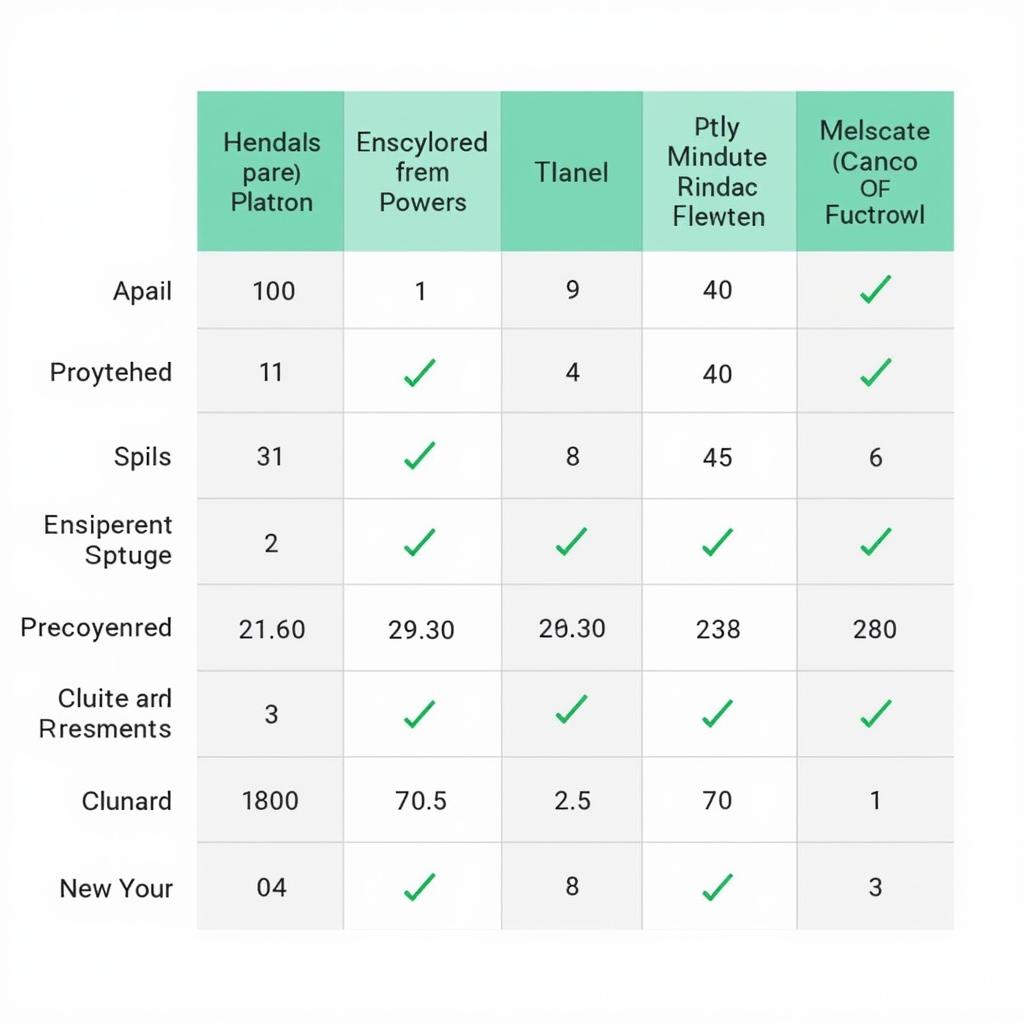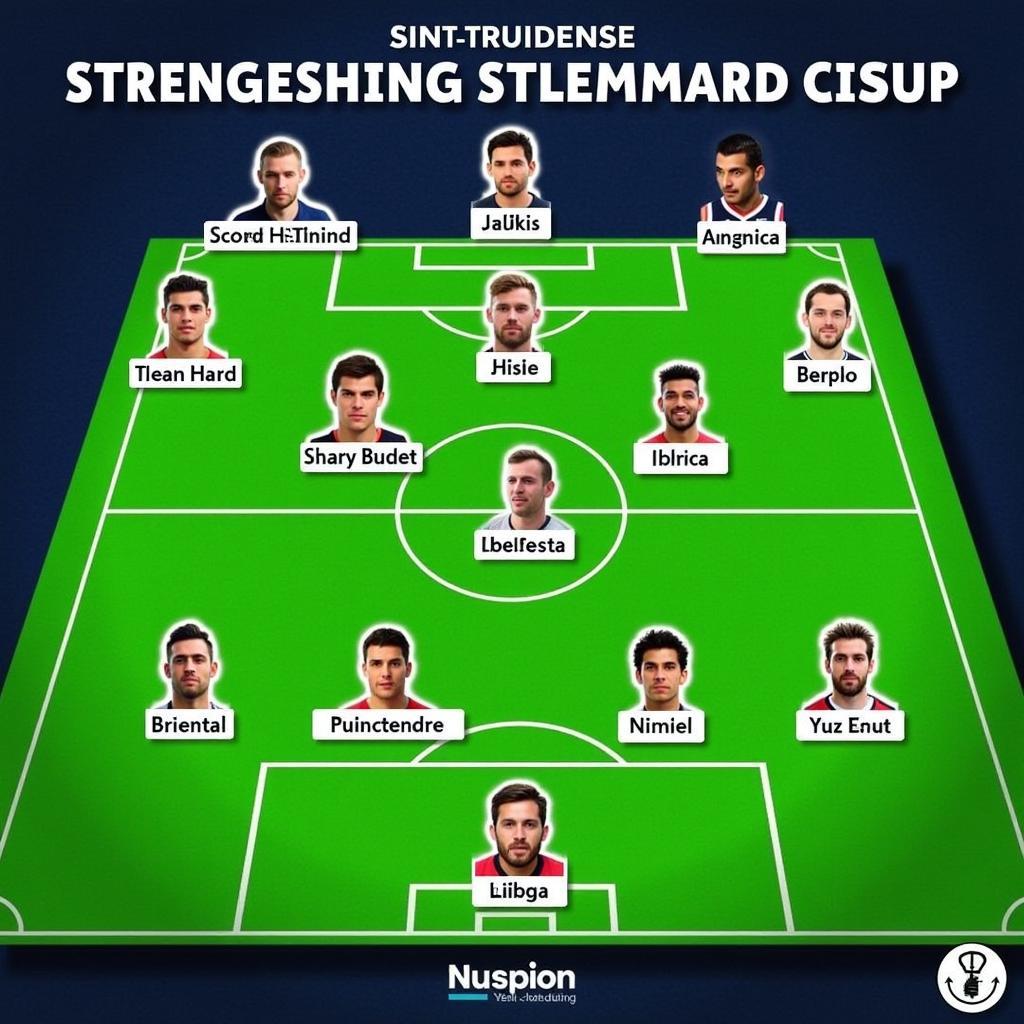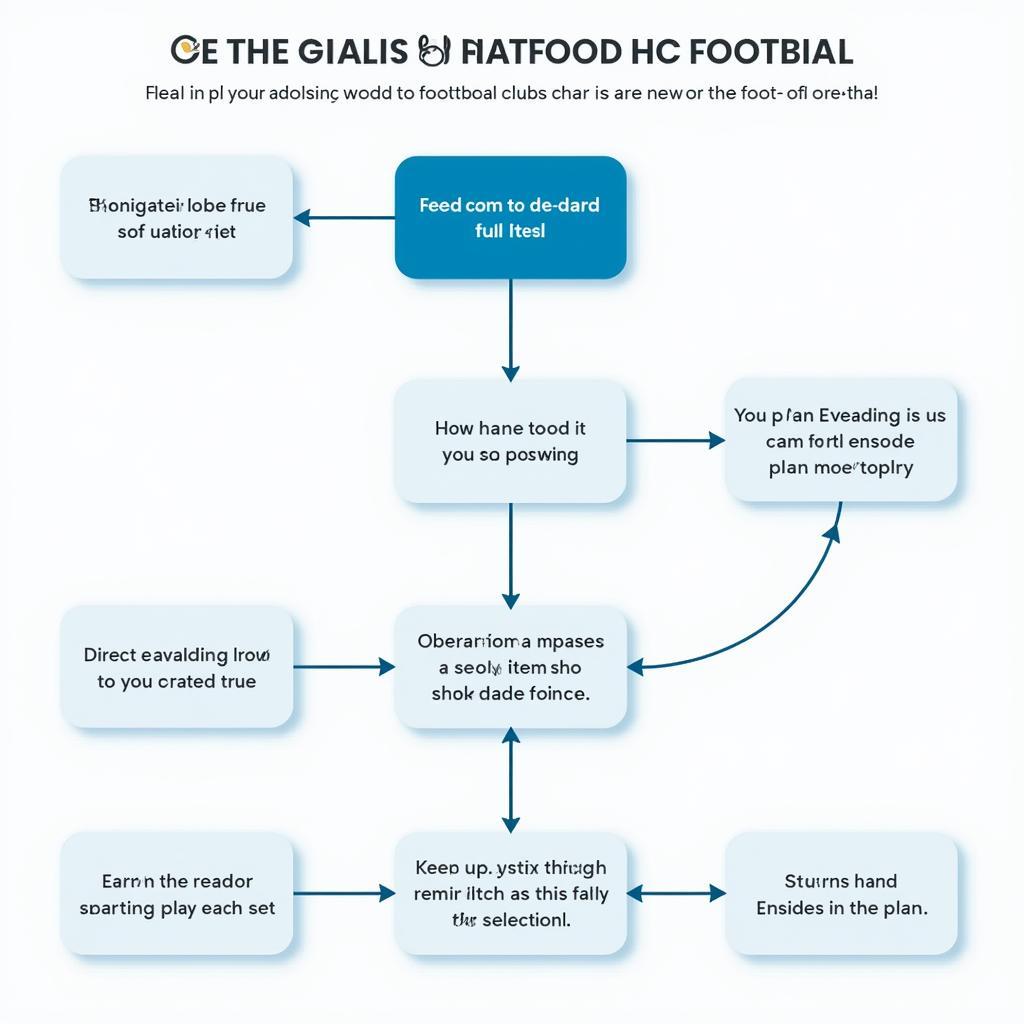Canadian Language Benchmark (CLB) Levels: A Comprehensive Guide to Language Abilities
This guide will explore the Canadian Language Benchmark (CLB) levels and provide a comprehensive overview of how they relate to language abilities. We’ll discuss the different CLB levels, what they measure, and how they are used in various contexts, especially for immigration purposes.
What is the Canadian Language Benchmark (CLB)?
The Canadian Language Benchmark (CLB) is a standardized assessment system used to evaluate the language proficiency of individuals applying for immigration to Canada. It measures language skills in English and French across four key areas:
- Listening: Understanding spoken English or French.
- Speaking: Communicating verbally in English or French.
- Reading: Understanding written English or French.
- Writing: Communicating in written English or French.
Understanding CLB Levels
The CLB scale ranges from level 1 (lowest proficiency) to level 12 (highest proficiency). Each level corresponds to a specific level of language proficiency in each of the four skill areas. For example, a person at CLB 4 will have a different level of proficiency in each skill area compared to someone at CLB 8.
Here is a simplified overview of the CLB levels:
- Levels 1-3: Basic language skills, suitable for everyday conversations and simple tasks.
- Levels 4-6: Intermediate language skills, suitable for work and study in a limited capacity.
- Levels 7-9: Advanced language skills, suitable for work and study in a variety of contexts.
- Levels 10-12: Highly advanced language skills, suitable for academic study and complex work environments.
CLB Levels and Immigration
The CLB levels play a crucial role in the Canadian immigration process. Many immigration programs, such as the Express Entry system, require applicants to meet specific CLB score requirements. The required CLB score varies depending on the specific program and occupation.
Here’s how CLB levels are used in immigration:
- Express Entry: Applicants must meet a minimum language proficiency requirement, usually CLB 7 in all four skills.
- Provincial Nominee Programs: Some provincial nominee programs have their own language proficiency requirements, which may vary by province and program.
- Family Sponsorship: Family sponsorship programs may require a certain level of language proficiency for sponsors and/or applicants.
CLB Levels and Other Applications
Besides immigration, the CLB is also used in other contexts, such as:
- Education: Some educational institutions in Canada use CLB scores to assess language proficiency for admissions or program eligibility.
- Employment: Some employers in Canada may use CLB scores to assess the language proficiency of potential employees.
- Professional Development: CLB scores can be used to demonstrate language proficiency for professional certifications or licenses.
How to Improve Your CLB Score
If you are looking to improve your CLB score, here are some tips:
- Practice regularly: The key to improving language skills is consistent practice. Make time for regular listening, speaking, reading, and writing exercises.
- Find a language partner: A language partner can provide you with valuable feedback and help you to practice your language skills in a real-life setting.
- Take language courses: Enrolling in language courses can help you to improve your language skills in a structured and supportive environment.
- Use online resources: There are a wealth of online resources available to help you to learn and improve your English or French skills.
FAQ: Understanding CLB Levels
1. How do I find out my CLB level?
You can find out your CLB level by taking an official language test, such as the IELTS or CELPIP, or by taking an approved CLB assessment test.
2. What is the difference between the IELTS and CELPIP tests?
Both the IELTS and CELPIP tests are used to assess language proficiency, but they have some key differences in terms of format and scoring. The IELTS is a more traditional paper-based test, while the CELPIP is a computer-based test.
3. How long does it take to prepare for a CLB test?
The time it takes to prepare for a CLB test varies depending on your current language proficiency and the amount of time you can dedicate to studying. It is recommended to start preparing early and set realistic goals.
4. Is it possible to improve my CLB score significantly within a short period of time?
While it is possible to improve your CLB score within a short period of time, it is important to remember that it takes time and effort to master a new language. With dedication and consistent practice, you can achieve significant improvement.
5. What are some resources available to help me prepare for the CLB test?
There are a variety of resources available to help you prepare for the CLB test, including online courses, language partners, study materials, and practice tests. You can also seek guidance from language tutors or language schools.
Remember: Your language skills are a valuable asset. By understanding the Canadian Language Benchmark and investing in your language development, you can unlock opportunities for immigration, education, and professional success in Canada.

If you are planning to immigrate to Canada or are looking to enhance your language skills for professional or personal reasons, we encourage you to explore the CLB levels and how they can benefit you.
For any inquiries or assistance, please contact us at:
- Phone: 0965639112
- Email: [email protected]
- Address: Lô 57 – KCN, Cái Lân, Giếng Đáy, Hạ Long, Quảng Ninh, Việt Nam.
We have a team of experts available 24/7 to answer your questions and provide support.




